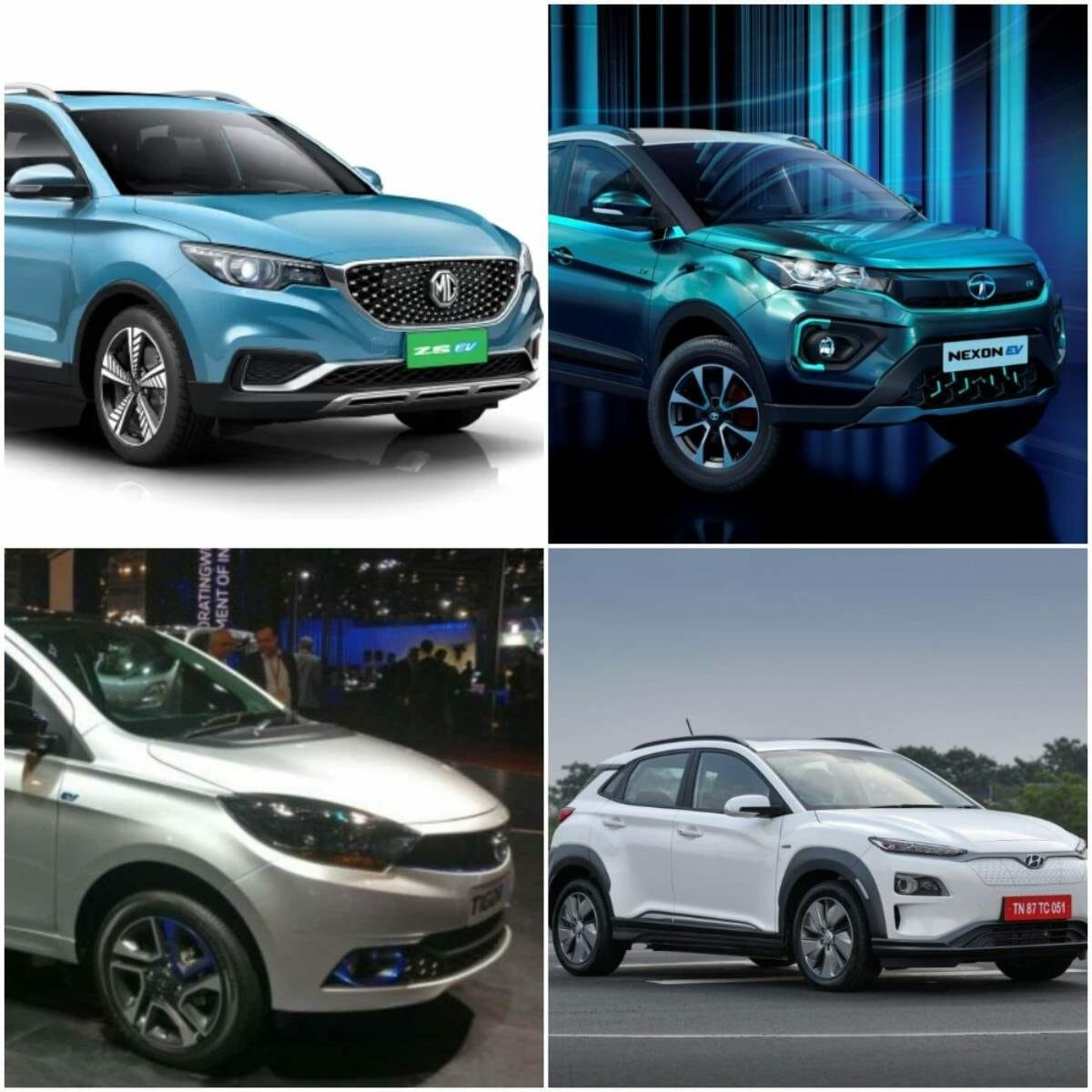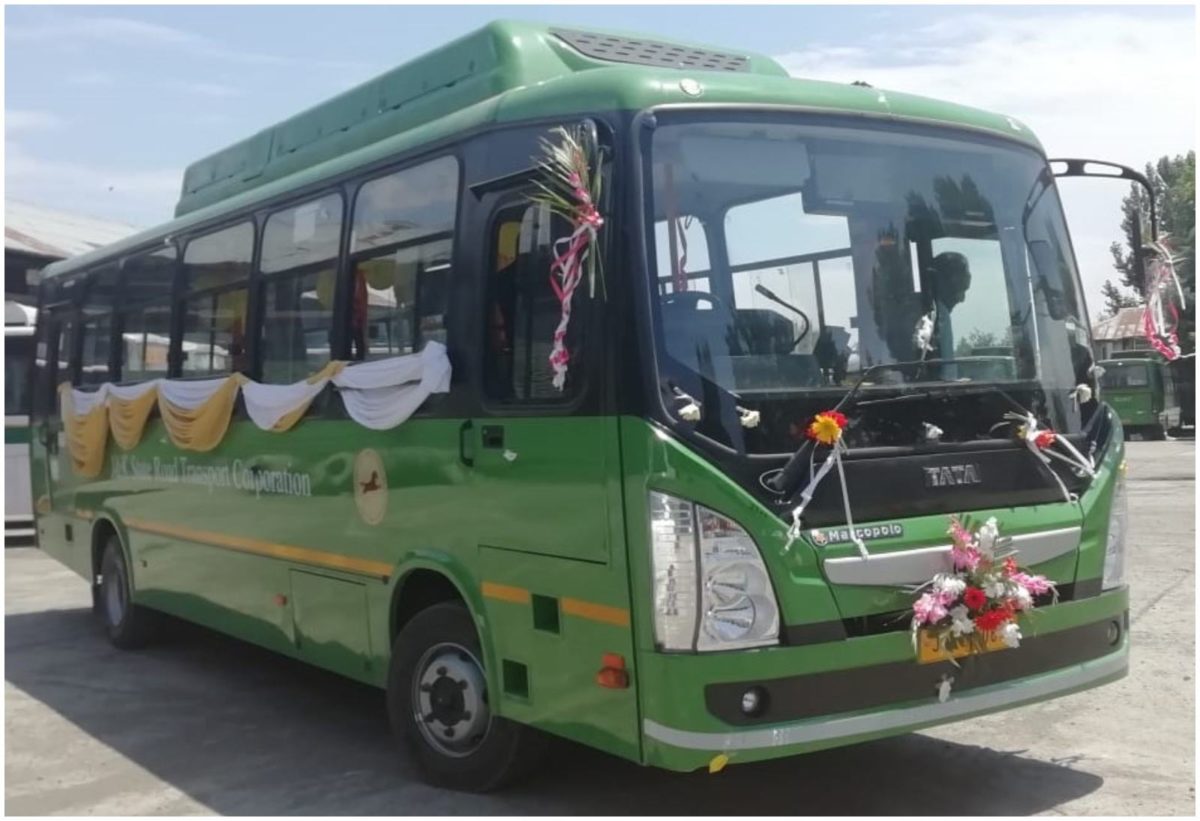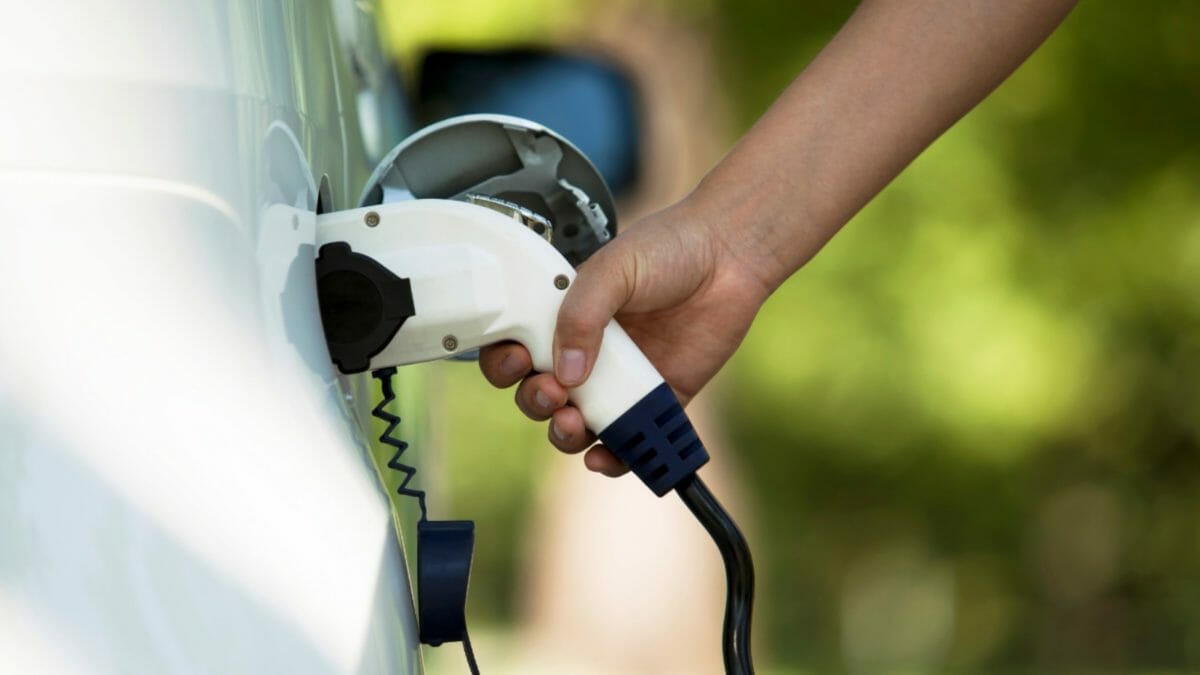India has been making steady progress towards the adoption of electric vehicles. The government, however, is leaving no stone unturned to push the sales of EVs. The second phase of the Faster Adoption and Manufacturing of Electric Vehicles (FAME) already in which we saw some additional subsidies been given to EV buyers. Besides subsidies and incentives, the government now plans to set up institutions to fund EV businesses.
More Details
Minister of Road Transport and Highways, Mr Nitin Gadkari addressed the India Global Forum 2021 and said that the government is giving the highest priority to electric vehicles adoption in India and all possible steps will be taken to make it happen.

Official Statement
Gadkari said, “The government is planning to set up a financial institution to fund business with a focus on electric vehicles and facilitate new financial instruments for lending to the public transportation and commercial vehicle segment. India’s electric vehicles sector has been growing rapidly. The government is supporting domestic electric vehicle manufacturers.”

This step is being taken to promote and encourage more institutes to get into the electric vehicle business. Not only will this be applicable for EV manufacturers, but also manufacturers for components that will be used in making EVs. The benefits will also be passed on to businesses engaging in setting up the charging network for EVs.
Nitin Gadkari also said that the government will try to bring down the cost of electric vehicles in the country. “We have huge domestic demand for electric vehicles. Many startups have started producing electric vehicles,” he said. He said that India’s research institutions are working on alternative battery technology for electric vehicles.

According to a report by Niti Ayog, India’s electric vehicle finance industry will touch ₹3.7 lakh crore by 2030. The report also stated that end-users currently face several challenges such as high rates of interest, insurance rates and low loan-to-value ratios.

